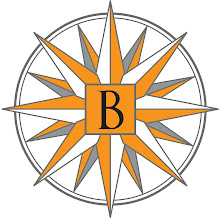 South Foreland light, from Simplon Postcards.
South Foreland light, from Simplon Postcards.From the 1895 edition of Harper's Book of Facts: A Classified History of the World Embracing Science, Literature, and Art:
Lime-light, produced by burning hydrogen or carburetted hydrogen with oxygen on a surface of lime, evolving little heat and not vitiating the air. It is also called Drummond light, after lieut. Thomas Drummond, who successfully produced it in 1826, and employed it on the British Ordnance survey. It is said to have been seen 112 miles. It was tried at the South Foreland light-house in 1861. Lieut. Drummond was born 1797, died 15 Apr. 1840. To him is attributed the maxim that “property has its duties as well as its rights.”






No comments:
Post a Comment